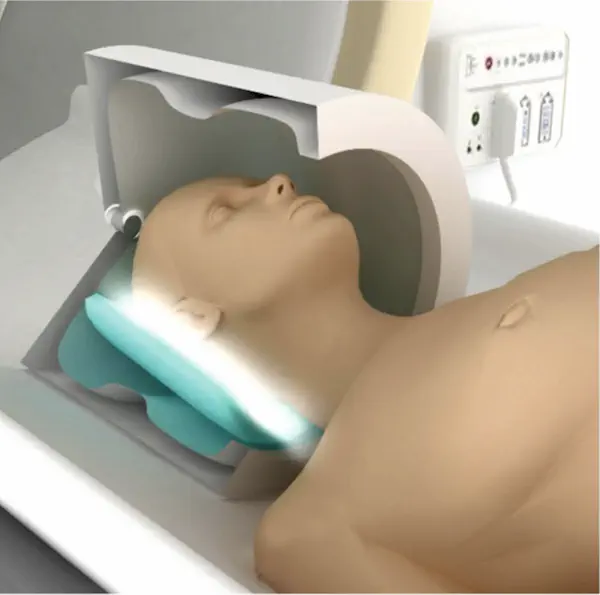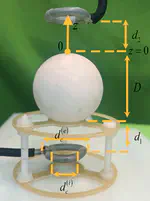GAMING
Geometry-driven Artificial Magnetism for magnetic resonance imagING

Magnetic Resonance Imaging (MRI) is a valuable non-invasive clinical imaging technique widely used for diagnostics and therapeutic monitoring. It is also prevalent in preclinical biomedical studies, like drug discovery and neuroscience. However, current MRI scanners have limitations in sensitivity, scan times, and safety.
We are currently exploring an innovative solution using a new class of magnetic metamaterials to enhance MRI’s diagnostic power. These metamaterials have the potential to efficiently manipulate the radio-frequency (RF) magnetic field, significantly boosting MRI’s strength. Unlike existing methods, our proposed approach does not disrupt the necessary static magnetic field and magnetic field gradients for encoding spatial MR signals. Recent findings suggest that a high-refractive-index sphere can exhibit magnetic properties, enhancing signal-to-noise ratio (SNR) and reducing absorption (SAR) in MRI at 3T.
Expanding on these results, we are exploring how a symmetrical dielectric object could behave as a magnetic one, even at subwavelength scales, surpassing conventional theories and avoiding complex fabrication processes. Our approach aims to manipulate RF near-fields effectively. This promises significant improvements in diagnostic accuracy and safety in MRI systems operating in the radio frequency range of 60-500 MHz and magnetic field strengths of 1.5T-12T. More specifically, we focus on three key objectives:
- Developing a theory for geometry-driven artificial magnetism in innovative metamaterials;
- Optimizing and studying these innovative metamaterials for MRI setups;
- Creating prototypes and validating the effectiveness of these metamaterials in MRI applications.
Furthermore, the long-term impact of our project extends beyond MRI, potentially influencing fields like nanophotonics, analog computing, and biological/chemical sensing.
Collaborations
- Prof. Carlo Rizza, University of L’Aquila, Italy
Credits: Image taken from Schmidt et al., Sci. Rep. 7, 1678 (2017) under CC BY 4.0
